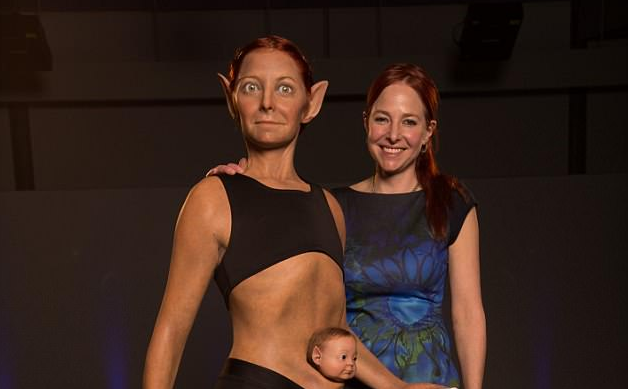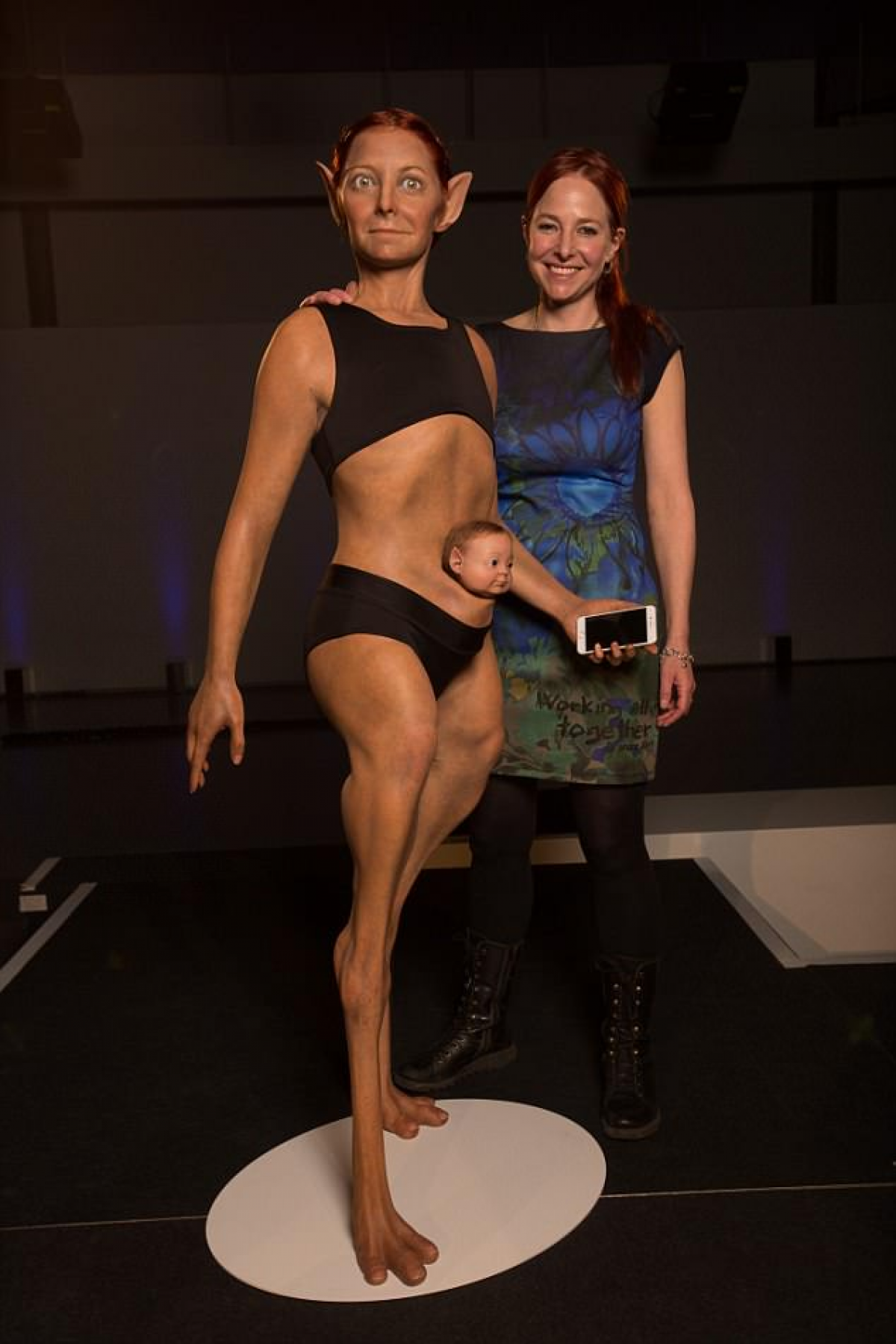
While the human body can withstand horrendous trauma, we are far from infallible. We'd be much better off if we had bat ears, clawed feet, and a pouch to carry a baby, according to an anatomist who has designed the perfect human.
Alice Roberts, a scientist and TV presenter, was tasked with using existing anatomy in the animal kingdom to piece together the version of herself for a BBC documentary entitled Can Science Make Me Perfect?
The new and improved Roberts was inspired by fish, dogs, cats, cephalopods, swans and chimps.

Thanks to its bat-like ears, the resulting creature would never go deaf, Roberts explained in a piece for the British newspaper the Mail on Sunday. And its extra arteries would make it less likely to suffer a heart attack, she said.
With lungs more akin to those of a bird's, the new Roberts would breathe and absorb oxygen into its blood with greater ease, and its reptilian skin would protect it from ultraviolet rays. And although its claw feet would deprive it of the ability to climb mountains, it would be able to move faster.
Roberts is far from the first scientist to wonder what the human body would look like if we had evolved to be better equipped to survive our surroundings. Although it is widely believed that humans have stopped evolving, the technological advances of the genomic revolution suggest we are still changing, not just over thousands or millions of years, but centuries and even decades.
However, the extreme changes that Roberts depicts are not on the cards in the near future. Neither are those dreamed up in 2016 by government agencies in the Australian state of Victoria who collaborated to design a human that would be able to withstand car crashes.
The dummy named Graham has an enlarged skull with "crumple-zones" which is lined with more fluid and ligaments to protect the brain. His skull is nestled in pockets of fat, and his facial features flattened. As the neck is vulnerable to damage during car crashes, his neck is removed. Airbag-like pouches line his ribs, and his skin is thick and tough.
As well as being protected from impact inside a car, he is also equipped to withstand a road traffic accident as a pedestrian, thanks to his hooves, which enable him to gallop away from oncoming vehicles.
Uncommon Knowledge
Newsweek is committed to challenging conventional wisdom and finding connections in the search for common ground.
Newsweek is committed to challenging conventional wisdom and finding connections in the search for common ground.
About the writer
Kashmira Gander is Deputy Science Editor at Newsweek. Her interests include health, gender, LGBTQIA+ issues, human rights, subcultures, music, and lifestyle. Her ... Read more
To read how Newsweek uses AI as a newsroom tool, Click here.








